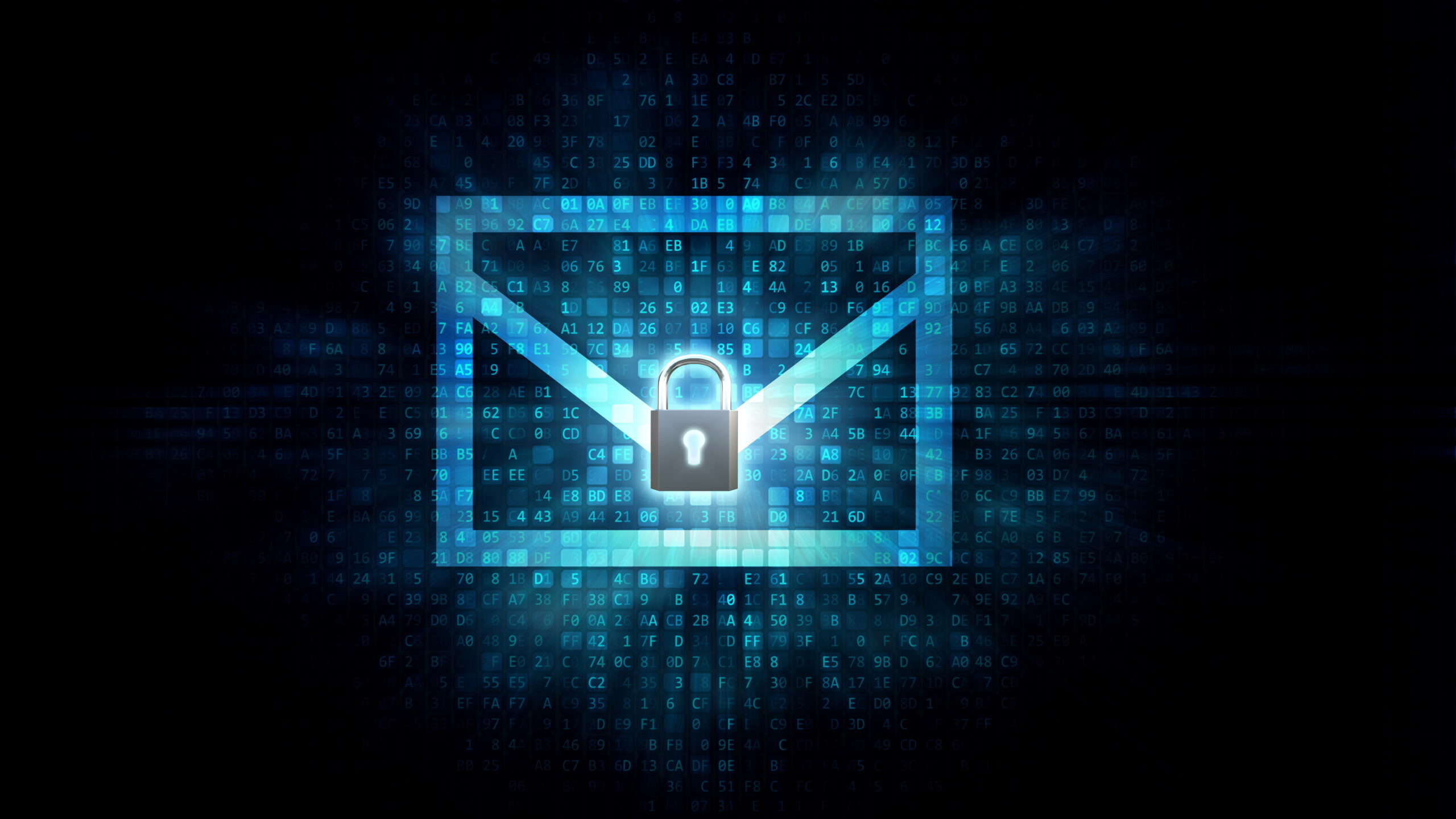Email Security and Authentication
Gmail, Yahoo Users Will Be Able to Stop Spam Emails with Just One Click
minute read

In a win for the movement against spam-filled inboxes everywhere, major mailbox providers (MPBs) are cracking down.
To help recipients keep unwanted messages to a minimum, both Google and Yahoo announced they will require bulk senders to make changes, including (but not limited to) more stringent email authentication, allowing for easy unsubscription, and staying under a reported spam threshold.
So, how does this change affect your email marketing efforts? Read on for a breakdown of what these changes mean as well as how to prepare.
What are the new requirements?
More experienced email marketers will likely recognize these requirements as standard best practices (so if you’ve already got them covered, congrats!).
According to Google’s Sender Guidelines and Yahoo’s Sender Best Practices, as of February 2024, senders will be required to:
- Set up SPF and DKIM email authentication
- Set up DMARC email authentication for their sending domain
- Ensure DMARC alignment by ensuring the domain in the sender’s From: header is aligned with the SPF or DKIM domain
- Enable one-click unsubscribe and include a visible unsubscribe link in the message body
- Keep spam reports below a certain threshold (specifically 0.30 percent for Gmail)
Other requirements at a glance:
- Ensure that sending domains or IPs have valid forward and reverse DNS records, also referred to as PTR records
- Format messages according to the Internet Message Format standard (RFC 5322)
- Don’t impersonate Gmail From: headers. Gmail will begin using a DMARC quarantine enforcement policy, and impersonating Gmail From: headers might impact your email delivery.
- Add ARC headers to outgoing forwarded email (ARC headers indicate the message was forwarded and identify you as the forwarder)
- Mailing list senders should also add a List-id: header, which specifies the mailing list, to outgoing messages.
Yahoo
- Segregate email types by IP or DKIM domain
- Use OPT-IN method to confirm user subscriptions
- Remove invalid recipients
- Enroll in complaint feedback loop (CFL)––An active CFL is needed for all DKIM domains to make sure you’re processing complaints quickly.
- Publish reverse DNS (PTR) records
- Ensure mail servers are secure
- Control the flow of your outbound emails
- Be compliant with RFCs and CAN-SPAM
For full details on enforcement timelines, check out the latest guidelines from Gmail and Yahoo.
Why now?
As one of the most cost-effective channels available to brands looking to reach their audience, email has solidified itself as a marketing mainstay. But the fact of the matter is that our inboxes are becoming more crowded every day, with global email-sending volumes having risen by 82 percent since 2019. While Google’s AI-enhanced spam-filtering capabilities already block nearly 10 million spam emails every minute, bad actors aren’t any less prevalent––stopping spam is a two-way street after all. According to Yahoo, “while [they] have promoted solutions for some time, adoption of these common-sense standards has been low.”
Marcel Becker, Yahoo’s senior director of product management put it best, stating, “No matter who their email provider is, all users deserve the safest, most secure experience possible […] In the interconnected world of email, that takes all of us working together. Yahoo looks forward to working with Google and the rest of the email community to make these common sense, high-impact changes to the new industry standard.”
How should senders prepare?
Now that you know the nitty-gritty of what’s to come, the best time to batten the hatches is now. We recommend:
1. Get authenticated
Many experienced marketers are unaware of the importance and complexity of using email authentication to shield their email marketing programs from harm.
Without email authentication, your company’s communication with Gmail and Yahoo users will suffer. Sending over 5,000 daily emails without SPF, DKIM, or DMARC policies will hurt your business even more.
Authenticating email lowers your chances of being spoofed or other undesired uses of your brand name. And, while you can’t fully shield subscribers from phishing attempts, you can be more confident your email isn’t contributing to the problem by
2. Make it easy(er) to unsubscribe
Losing subscribers may be painful but giving your recipients a clear and easy option to opt out of communications is the right thing to do. The directives around this are clear––Implement a one-click unsubscribe policy and be quick about processing each request, lest you harm your performance stats even more.
3. Stay under the (spam) radar
Despite the many challenges of avoiding spam filters, the good news is that they get easier to avoid as you learn more about how to prevent email spam and ways to approach your subscribers with highly personalized and relevant content.
Avoid sending what may be considered spam emails by following common best practices and monitoring spam reports.
Best practices aren’t nice-to-haves—they’re must-dos
Email marketing is constantly evolving and remains a powerful part of a successful digital marketing program. Fortunately, with a comprehensive strategy and the right set of tools, you can create an optimal email program. And, by keeping a finger on the pulse of new or updated guidelines from your MBP, you can ensure that your deliverability and overall sender reputation remain intact.
For more insight into the new policies, join Guy Hanson and Yahoo’s Marcel Becker in the next episode of State of Email Live. They’ll provide an in-depth look at how to comply with the new requirements, what will happen to non-compliant emails, and implications (and benefits) for deliverability and engagement.